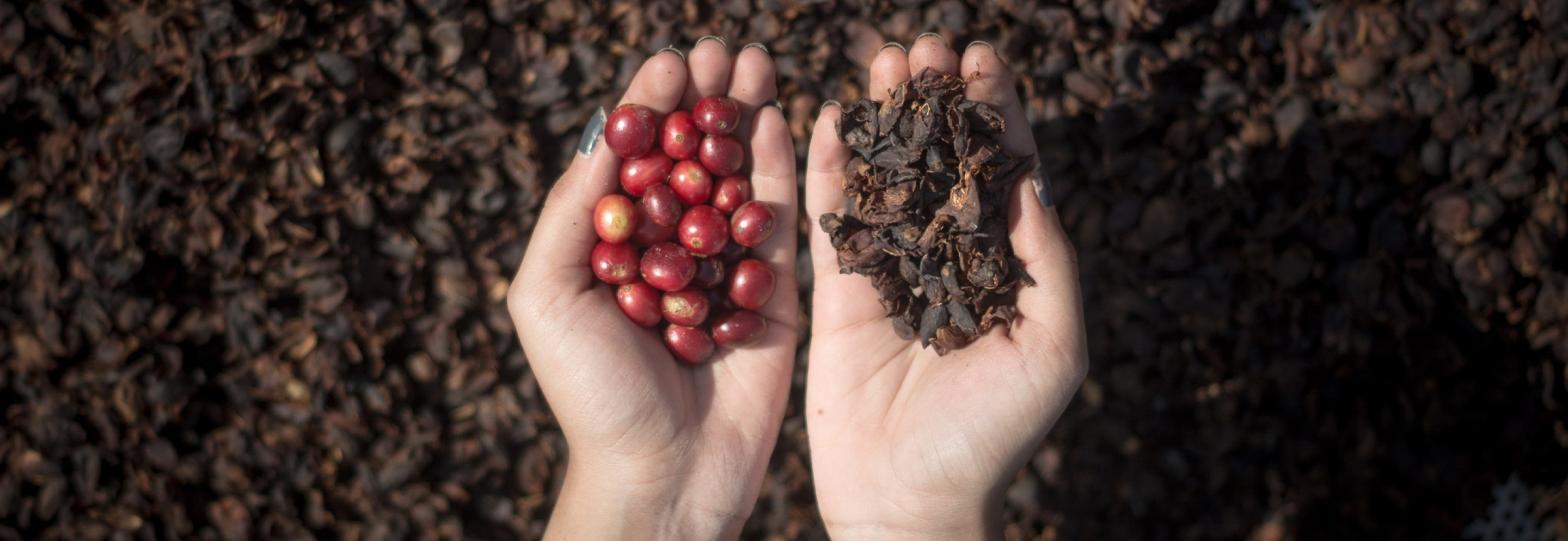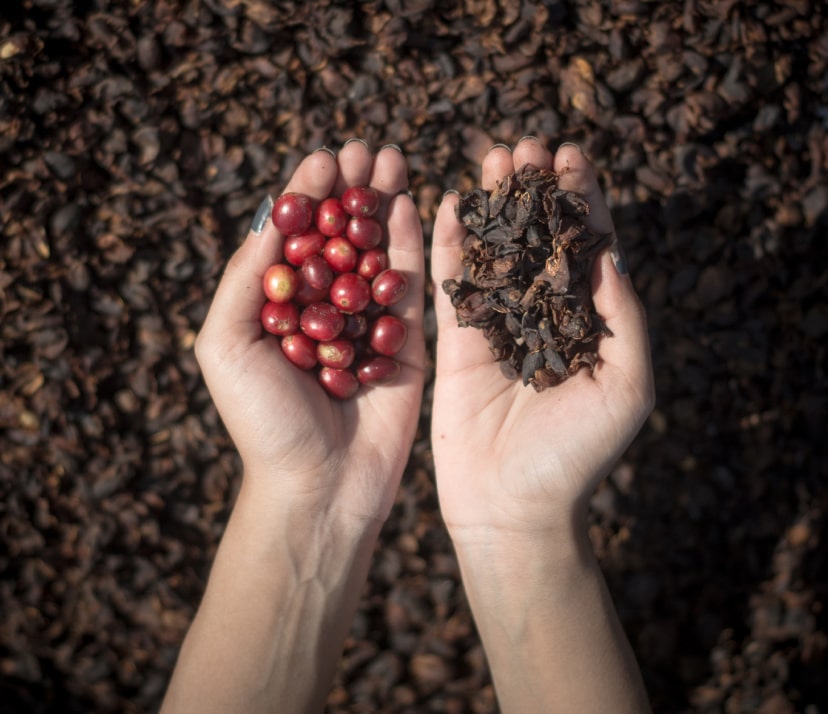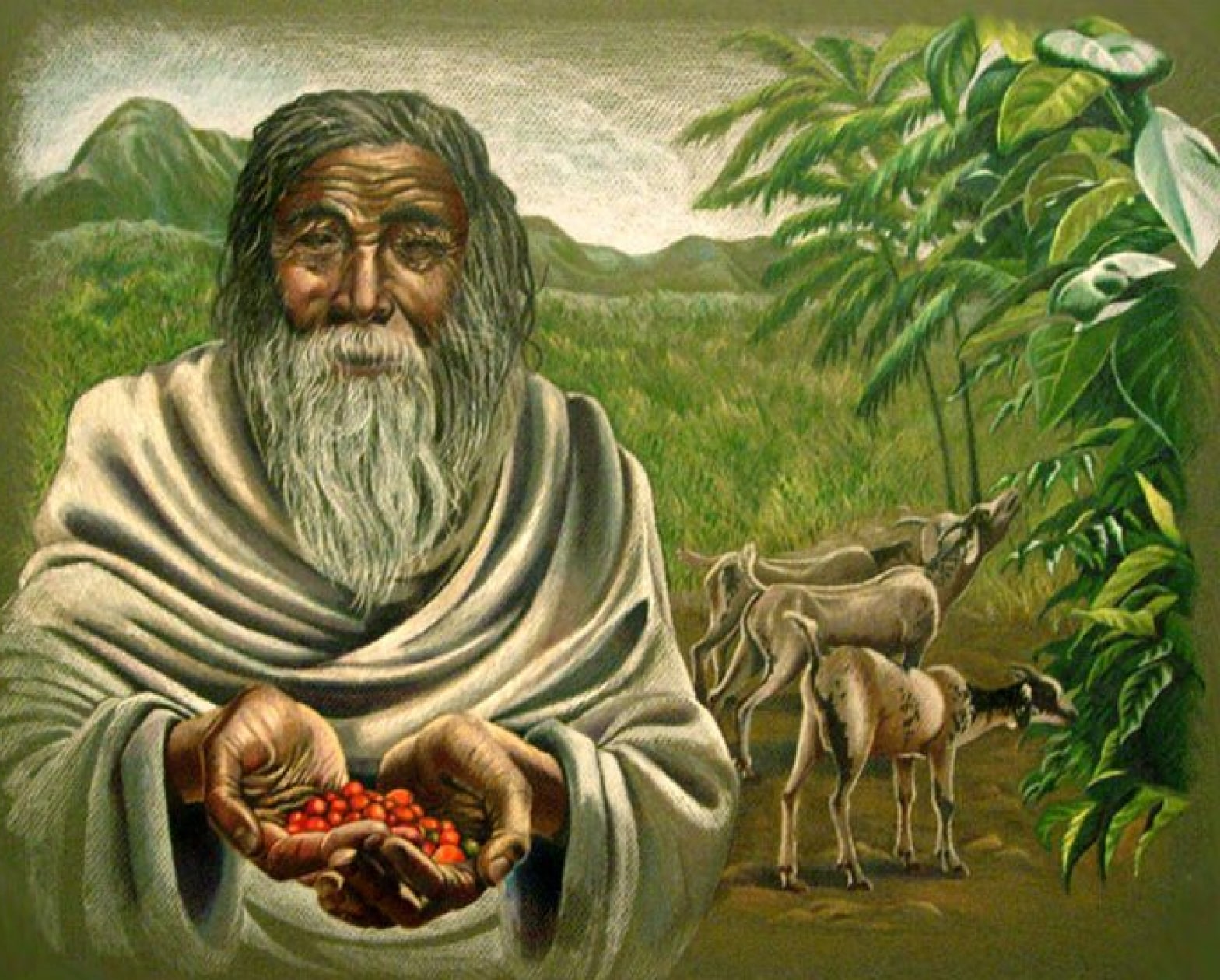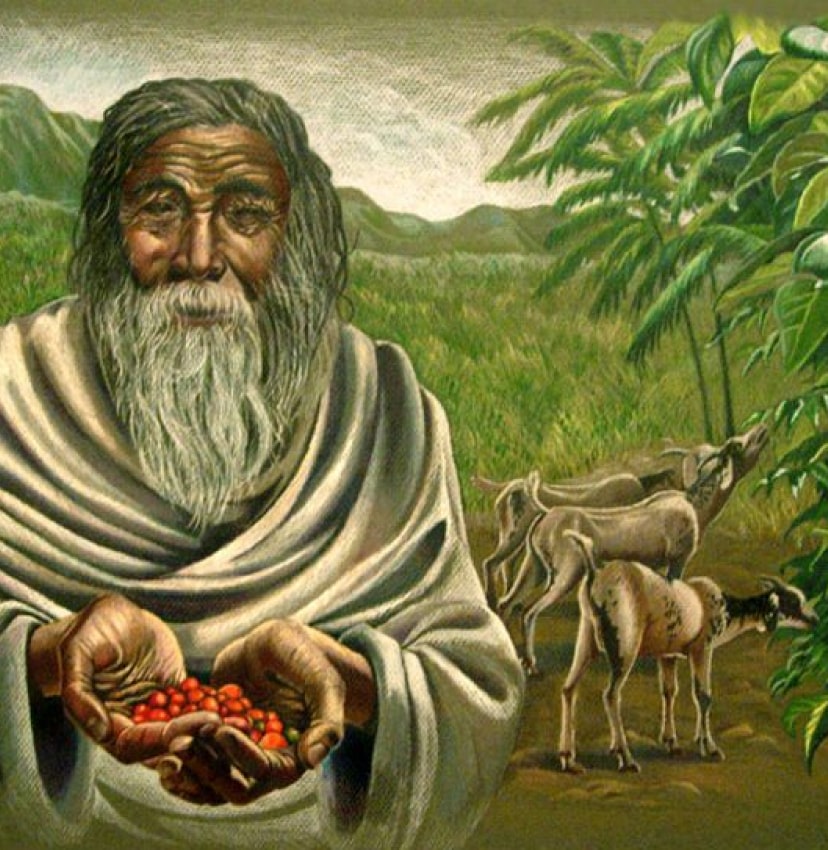

The History Of Coffee
The story of coffee began centuries ago, with many legends that speak of its origin. The journey of coffee has been long, full of fascinating events and world changing discoveries. As coffee enthusiasts ourselves, we wanted to talk about where our favourite beverage comes from and found the story of coffee as fun as a dramatic show or movie. It’s a journey across time and places.
Today, coffee is the 2nd largest commodity traded worldwide. Before which, it was discovered, smuggled, stolen, and taken around the world. If everything is to be believed, the story of coffee is one that you definitely want to know about. Let’s dig into the history of coffee and talk about its travels. We suggest making yourself a cup of Sleepy Owl Coffee to read on with us.


The global journey of coffee started in Ethiopia. The intriguing legend claims that a goat herder named Kaldi discovered coffee in a forest on the Ethiopian plateau. The story suggests that Kaldi’s goats had eaten red berries from a certain tree, after which they became extremely energised, started dancing and did not sleep all night. The goat herder, completely confused, realised that this behaviour had something to do with the berries, and then shared this discovery with the local monastery. After that, the abbot used those berries to make a drink which actually helped him stay active and alert for long hours, even during his nightly prayers.
Another legend, however, has a different story to tell. According to that, when the goat herder shared his findings with the monastery, the monk refused to believe him and instead threw these energising beans in the fire. And the result was fascinating. The aroma that the burnt beans let out was very pleasing and that gave way to the world’s first roasted coffee. Interesting, isn’t it? Soon after, the news of the energising berries started spreading and reached the Arabian Peninsula.
Once the news reached the Arabian Peninsula in the 15th century, coffee cultivation and trade began. Coffee left Ethiopia, sailed across the Red Sea and reached Yemen. It arrived at a port called Mocha (now that’s a relation you can make for yourself). The news of coffee then reached Persia, Syria, Egypt and Turkey. This new beverage was enjoyed at home as well as newly established public coffee houses. Coffee houses gradually became a social spot for people to come together and indulge in coffee, conversations, recent news, music, games and more. Coffee houses were being called ‘Schools of the Wise’ and coffee itself was being called the ‘wine of Araby’. Adding to the drama in the story was the court of Mecca forbidding coffee due to its stimulation. This also happened in Cairo and Ethiopia, though eventually these bans were lifted. The next destination on coffee’s journey was first Asia then Europe.
Coffee was meant to be only purchased in Yemen and not grown anywhere else. However, a Sufi Saint from India named Baba Budan was on a pilgrimage to Mecca in 1670 and smuggled some fertile coffee beans on his way back. He began to cultivate these smuggled beans in South India, which is an active coffee plant even today.
European travellers heard about the black beverage making waves in the East and shared these stories back home. By the 17th century, coffee had reached its next destination and started becoming popular across Europe. It got another nickname there by a few people who didn’t quite take to it - ‘bitter invention of Satan’. In Venice, the Pope himself tasted and felt completely satisfied by it, and declared it a Christian beverage. Coffee houses started becoming a popular social spot in major cities in France, Germany, England and Austria. Coffee started to replace the regular breakfast beverages which used to be alcoholic at the time. People felt more energised when they started their day with coffee and had a more alert day at work. Don’t we know that feeling!
Once coffee spread across the world, the competition to grow it outside of Arabia grew as well. The Dutch had smuggled coffee from Yemen as well but could not grow it due to the cold weather. However, the Dutch Governor of Java in Indonesia received coffee seedlings from friends in Ceylon, now known as Sri Lanka. That’s when they started growing coffee successfully and also made Java a coffee term. After that, they expanded their plantations. In 1714 King Louis XIV was gifted a coffee plant by the Mayor of Amsterdam. That coffee plant was planted in the Royal Botanical Garden in Paris. In 1723, a young naval officer got a seedling from this plantation and despite many obstacles managed to plant it on the island of Martinique where the seedling thrived and developed into 18 million coffee trees over 50 years. Over the years, travellers, traders, colonists and missionaries carried coffee seeds to new lands which led to coffee being grown worldwide. Multiple plantations were established, on multiple terrains, some of which flourished and others didn’t. Nations were established on coffee economies and fortunes were made, and lost. By the 18th century, coffee became an extremely popular and profitable export commodity.
When it came to the new world, coffee became peoples’ preference after the revolutionary Boston Tea Party. That event made America a coffee favouring nation soon after. Brazil today, grows the most amount of coffee in the world. Back in the day, a Brazilian colonel was sent to Guyana to settle a dispute and bring back coffee at any cost. With a little scandal, he managed to bring back clippings to Brazil and gave way to the largest coffee empire.
After coffee was spread across the world, coffee making devices were being developed. Today, the industry has majorly evolved and continues to do so.


The story of Sleepy Owl coffee started about 6 years ago, when three coffee lovers got together to make a difference in India’s at-home experience. We started with one product - Cold Brew and today have over 30 coffee products for our patrons. We have Hot Brew Coffee, Premium Instant Coffee, Ready To Drink Cold Coffee and Iced Coffee, authentic South Indian Filter Coffee, and a variety of Ground Coffee. All of which come in a range of tempting flavours that enhance our carefully sourced coffee beans. Our exquisite coffee beans are grade-A and sourced from select plantations in South India.
With our constant growth, thanks to all our fellow coffee lovers who trust us to buy coffee online, we’re set out to change the way coffee can be made and had at home.





























